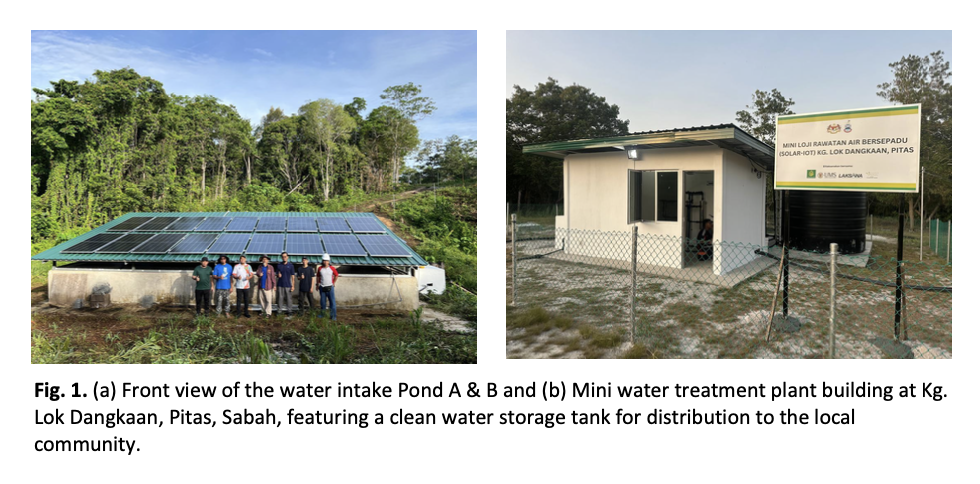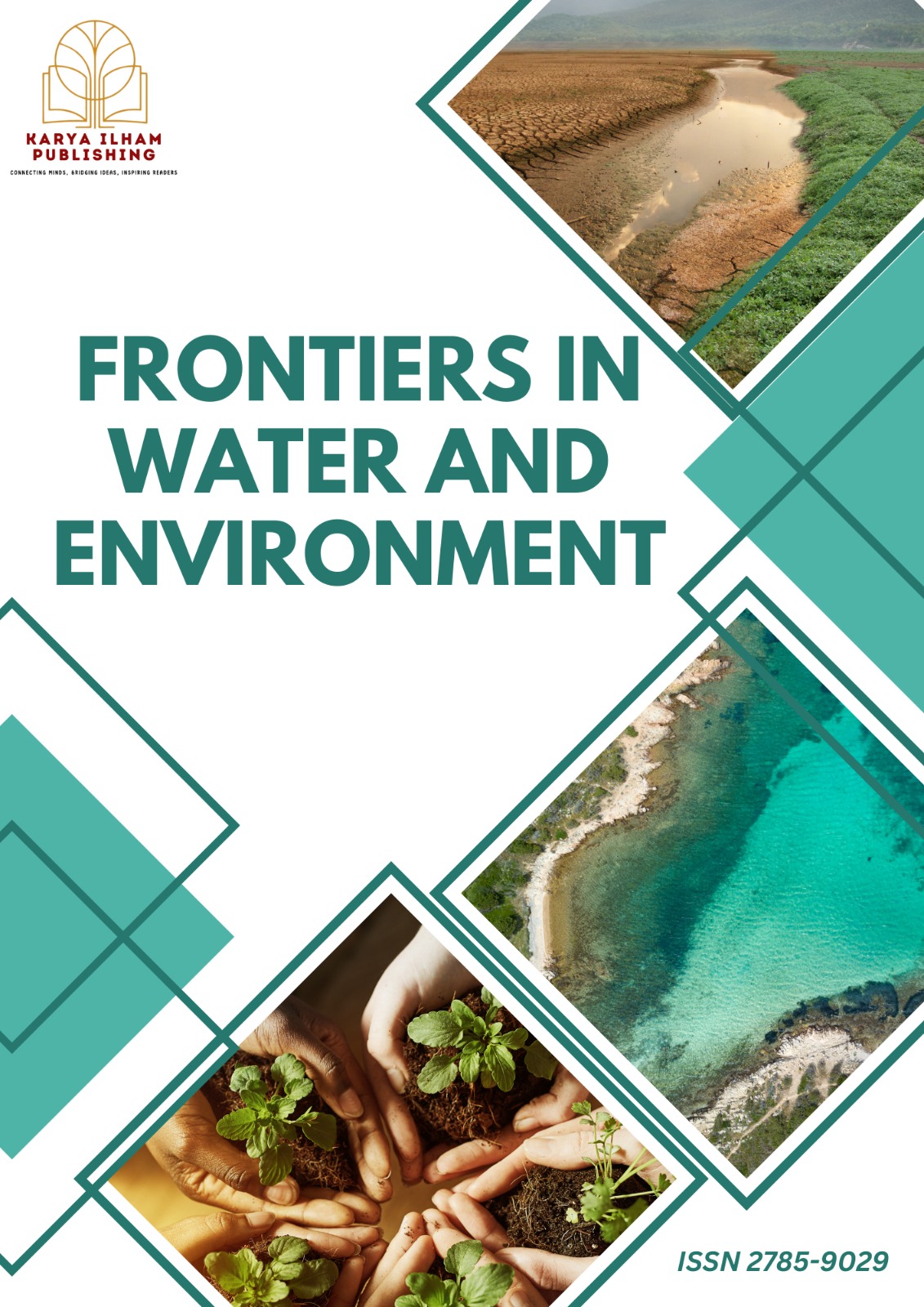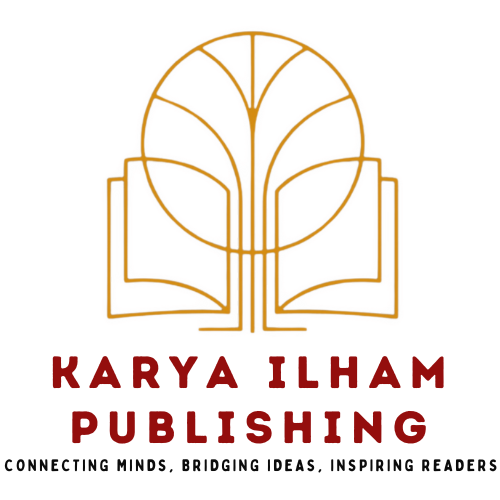Performance Evaluation of a Mini Water Treatment Plant, Pre- and Post-Chlorination Analysis: A Case Study in Kg. Lok Dangkaan Pitas, Sabah
Keywords:
Rural area, water supply, mini water treatment plant, E.coliAbstract
Access to safe drinking water remains a challenge for rural communities in Sabah, Malaysia, due to geographical isolation, inadequate infrastructure, and economic constraints. Kampung Lok Dangkaan, a small fishing village in Pitas with approximately 300 residents, previously relied on purchased bottled water for drinking and harvested rainwater for domestic use. To address these issues, a mini water treatment plant incorporating conventional treatment processes and chlorination was established. This study evaluates its performance by comparing the physical, chemical, and microbiological quality of raw and treated water from two sources (Pond A and Pond B) against the Malaysian Drinking Water Quality Standards (MDWQS). Parameters analysed included temperature, pH, turbidity, salinity, conductivity, total dissolved solids (TDS), total suspended solids (TSS), dissolved oxygen (DO), biochemical oxygen demand (BOD₃), chemical oxygen demand (COD), ammonia nitrogen (NH₃-N), total plate count (TPC), total coliform, and Escherichia coli counts. The results showed that a complete E. coli removal in both ponds and significant COD reduction in Pond A (75 mg/L to 16 mg/L), with pH and TDS values within MDWQS limits. However, turbidity increased after treatment in both ponds, exceeding the 5 NTU MDWQS limit, and total coliforms remained detectable in Pond A, indicating filtration inefficiencies and possible post-treatment contamination. The findings demonstrate that the mini water treatment plant improved overall water safety and enabled treated water use for both drinking and domestic purposes. Further optimisation of filtration and disinfection processes is recommended to ensure full compliance with MDWQS.










